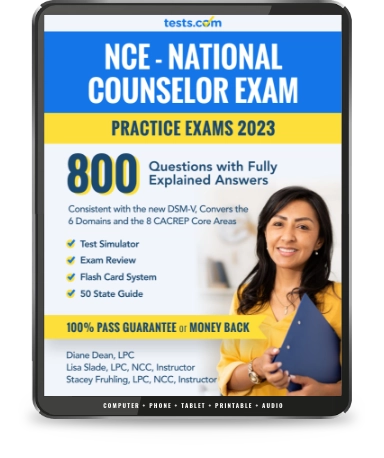Emergency Nurse Certification Test
2023 Edition
Take this free Emergency Nurse Certification practice test to give you an idea of the types of questions and sections on your actual CEN exam.

2023 Edition
Take this free Emergency Nurse Certification practice test to give you an idea of the types of questions and sections on your actual CEN exam.
